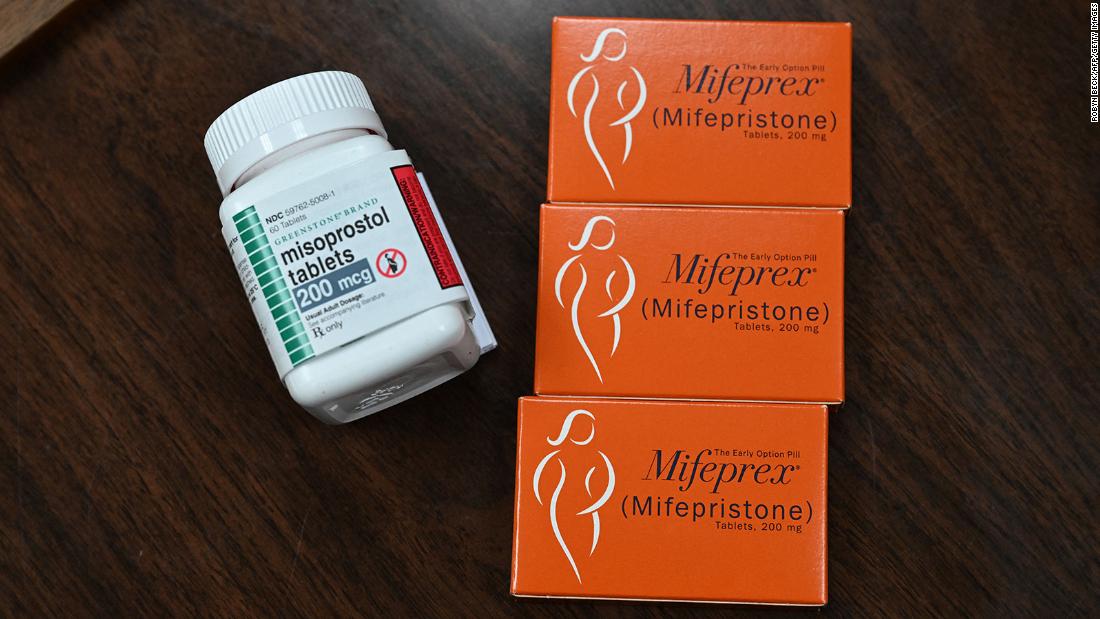Using an artificial intelligence program to read echocardiograms may reduce the wait time for results and help lead to more timely medical care, according to late-breaking science presented today at the American Heart Association's Scientific Sessions 2024. The meeting, Nov. 16-18, 2024, in Chicago, is a premier global exchange of the latest scientific advancements, research and evidence-based clinical practice updates in cardiovascular science.
In this study, an artificial intelligence program called PanEcho was tested on its ability to interpret echocardiography videos independently. An echocardiogram is a type of heart imaging that allows doctors to see heart structure and function, and it is used to diagnose and treat heart conditions.
PanEcho builds on previous AI uses in cardiology that were limited to single views of the heart and disease-specific criteria. The research team developed a novel AI system capable of comprehensive reporting for all major findings from any set of echocardiography videos.
PanEcho has the potential to be used in simplified, AI-assisted screening echocardiograms. In settings where expert readers may not be readily accessible, PanEcho could rapidly rule out abnormalities that would otherwise require urgent referral."
Gregory Holste, M.S.E., researcher with the Cardiovascular Data Science (CarDS) Lab at the Yale School of Medicine in New Haven, Connecticut
PanEcho's diagnostic performance was evaluated using a standard measurement of accuracy for diagnostic tests: the area under the receiver operating characteristic curve (AUC). A 100% accurate test has an AUC of 1, and an uninformative test (e.g., random guessing) has an AUC of 0.5.
The study found:
- When PanEcho's abilities were evaluated in 18 different diagnostic classification tasks, its average score was 0.91.
- When assessing ventricle function and structure, PanEcho's accuracy scores were:
- 0.95 AUC for detecting increased size in the left ventricle, making it difficult for the heart to pump blood.
- 0.98 AUC for identifying systolic dysfunction in the left ventricle reduces the chamber's ability to pump blood into the aorta.
- 0.91 AUC for detecting left ventricle hypertrophy — a term used when a heart's left pumping chamber has thickened and may not be pumping efficiently.
- 0.93 AUC for identifying systolic dysfunction in the right ventricle reduces the chamber's ability to pump blood into the lungs.
- When diagnosing valvular disease, PanEcho's accuracy scores were:
- 0.99 AUC for identifying severe aortic stenosis, restricted blood flow due to calcium buildup on heart valves.
- 0.96 AUC for identifying mitral stenosis, narrowing of the mitral valve between the left atrium and left ventricle.
- 0.93 AUC for identifying moderate or greater aortic regurgitation, leakage of blood through the aortic valve.
- 0.96 AUC for identifying moderate or greater mitral regurgitation, leakage of blood backward through the mitral valve.
PanEcho was also evaluated on its ability to estimate continuous echocardiographic parameters, using mean absolute error, which is a measurement of the average distance between predicted values and actual values, meaning the smaller the distance, the more accurate the prediction. When evaluated in 21 tasks, PanEcho had a median normalized mean absolute error of 0.13.
PanEcho demonstrated accuracy when quantifying left ventricle dimensions and function, including:
- 4.4% mean absolute error when estimating left ventricle ejection fraction;
- 1.3 mm mean absolute error when estimating left ventricle intraventricular septum thickness; and
- 1.2 mm mean absolute error when estimating left ventricle posterior wall thickness.
These measurements are critical to accurately assess left ventricular structure and function, a major aspect of heart health.
"This work represents an advance in AI for echocardiography, and we hope that the public release of our AI model will encourage the research community to move toward flexible, multi-task, multi-view approaches for echocardiogram interpretation," he added.
PanEcho is limited by its retrospective validation in previously acquired data. The next step is to prospectively validate its application in real-world patient care environments to provide further insights into its clinical viability, Holste said. "It also needs to be evaluated for use with portable echocardiogram machines used in emergency rooms and smaller medical clinics, where there is potential for the biggest positive impact with AI tools."
Study background, design and details:
- PanEcho was developed using 1.23 million echocardiogram videos with multiple views that were part of nearly 34,000 transthoracic echocardiography tests conducted for people treated at a Yale-New Haven Health System hospital (five locations in Connecticut) or who were seen in one of the system's outpatient clinics between 2016 and 2022. The AI program was developed by the CarDS Lab at Yale School of Medicine.
- The echocardiograms were from 26,067 unique individuals whose routine care included this type of imaging.
- About 52% of the imaging data collected was from adults who self-identified as men.
- The average age of the people whose echocardiograms were part of this collection was 67.
- About 80% of the participants in the imaging collection were noted as white people, 14.2% were Black people, 1.8% were Asian people and 4.3% from people who self-identified as other race in this study.
The principal investigator of this study was Rohan Khera, M.D., M.S., head of the CarDS Lab at Yale School of Medicine. The work was led by co-first authors and CarDS Lab members, Gregory Holste, M.S.E., and Evangelos Oikonomou, M.D., D.Phil. Additional co-authors, disclosures and funding sources are listed in the abstract.

 6 days ago
1
6 days ago
1
















.png)

.png)
.png)
.png)













 English (US) ·
English (US) ·  Hindi (IN) ·
Hindi (IN) ·